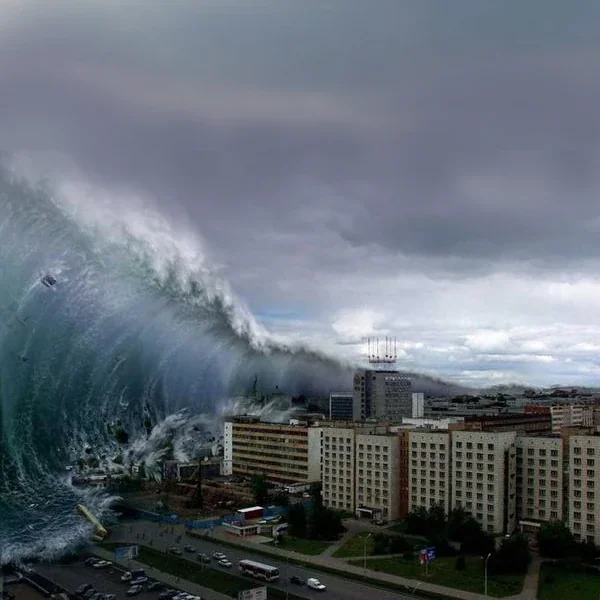
December 21, 2012, corresponded to the end of a major cycle in the Mesoamerican Maya calendar, known as the Long Count. This calendar is based on a vigesimal (base 20) system combined with a cycle of 13 baktuns, approximately 5125 Earth years. The end of the 13th baktun was interpreted as a major cosmic deadline, sometimes likened to an apocalyptic prophecy.
From a strictly physical point of view, this cycle does not imply any major astronomical disturbance. The Maya calendar (-1000 to 1500 AD) is a time measurement tool based on calendar cycles, not a prediction of catastrophic events. However, this date roughly coincides with a particular solar alignment, called the "galactic alignment," where the Sun positions itself on the plane of the center of the Milky Way. This alignment, while interesting from a geometric point of view, does not result in any significant gravitational or energetic effect on Earth.
Beyond the Maya calendar, other ancient civilizations developed complex calendar systems based on the observation of celestial movements: the Hebrew, Chinese, or Egyptian calendars, which combine lunar and solar cycles. The notion of recurring cosmic cycles is linked to the periodicity of astronomical phenomena (e.g., precession of the equinoxes, solar cycles, planetary orbits).
The precession of the equinoxes, caused by a slight tilt of the Earth's rotational axis with a period of about 26,000 years, slowly changes the position of the constellations relative to the Earth. The "return" of a cycle in these calendars often coincides with symbolic dates, but there is no physical evidence of a cyclical catastrophe linked to these phenomena.
The often-evoked catastrophic scenarios include collisions with asteroids, massive solar flares, or gravitational disturbances induced by hypothetical celestial bodies (e.g., the famous planet Nibiru). From an astrophysical point of view, these scenarios are examined by rigorous models:
The environmental and climatic imbalances we observe today may represent only minor events compared to the major upheavals the Earth has undergone throughout its geological history. Geological records testify to cataclysmic events, such as asteroid impacts, super volcanic eruptions, or extreme fluctuations in the global climate.
Over long time scales, these phenomena have profoundly reshaped the biosphere, causing mass extinctions and reorganizations of ecosystems. It is therefore physically plausible that the Earth could again undergo a major catastrophe, even if its short-term probability remains difficult to estimate.
Perhaps we are witnessing the end of an era of relative stability, marked by the Holocene, to enter a phase of faster and more intense transformations. The history of the Earth shows that the notion of the "end of a world" is a natural dynamic of planetary evolution, where balance is continually disturbed and renewed.
Prophecies are so vague that they often leave room for apocalyptic predictions that fascinate humanity. We must accept living in ignorance, living without fundamental certainty. Not knowing the future makes man more curious and inventive.
Bossuet said: "We complain about our ignorance, but it is ignorance that does almost all the good in the world: not foreseeing makes us commit... Man builds his existence on absolute chance, and it is exactly this that makes him master of his movements and free of his future."
"Ignorance is the engine of humanity, it is what drives humans to move forward. It is what advances history." Claude Vaillancourt